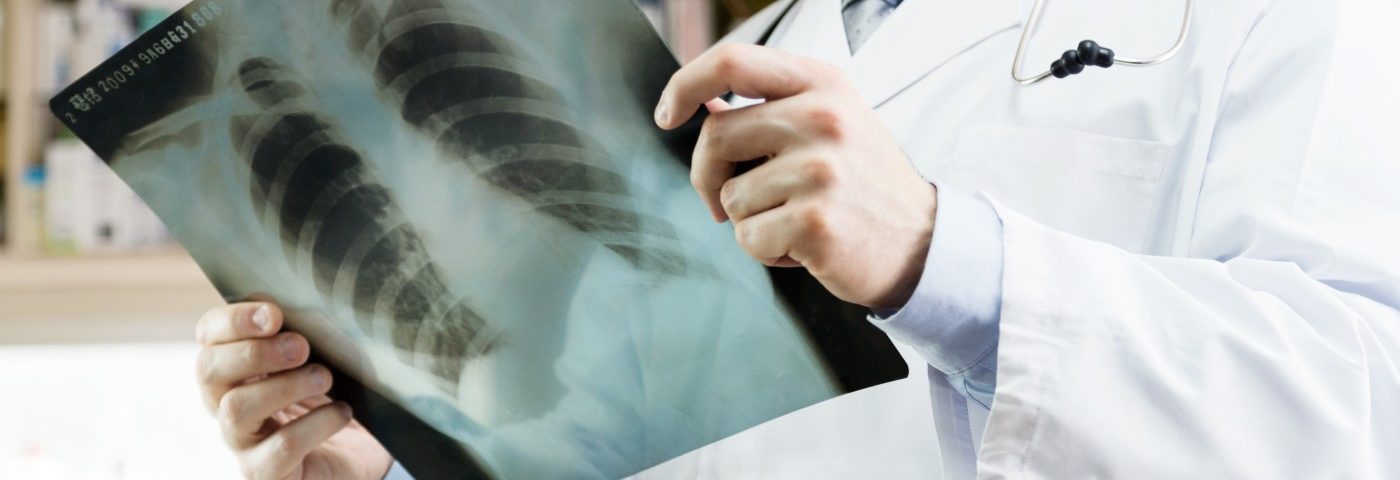Trudell Medical International recently announced the results from a study assessing the response to airway maintenance therapy using the Aerobika device in patients with non-cystic fibrosis bronchiectasis. The results support the use of Aerobika for the maintenance of healthy lung function.
Another study analyzed the bronchiectasis and COPD overlap.
The results were published in the journal Academic Radiology in an article titled “Non-Cystic Fibrosis Bronchiectasis: Regional Abnormalities and Response to Airway Clearance Therapy Using Pulmonary Functional Magnetic Resonance Imaging.”
Bronchiectasis is a condition that permanently damages the structures of the airways as well as their function, usually as a result of an infection or other injury. The general goals of bronchiectasis treatment include treating any underlying condition and lung infection, removing mucus from the lungs, and having a preventive action against complications.
With these guidelines in mind, Trudell developed Aerobika, a drug-free, hand-held device that is based on the principles of oscillatory positive expiratory pressure. When a patient exhales through the device, intermittent resistance creates simultaneous positive pressure and oscillations, expanding the airways and helping expel mucus to the upper airways, where it can be coughed out.
The device is currently available in the U.S., Canada, Mexico, and some European countries, including the U.K. and Germany.
The study evaluated the effectiveness of the device in 15 non-CF bronchiectasis patients and 15 healthy volunteers matched by age. All 30 participants underwent spirometry tests, plethysmography, computed tomography (CT), and a specific type of magnetic resonance imaging (MRI).
Bronchiectasis patients also completed a six-minute walk test (6MWT; a measure of exercise capacity), the St. George’s respiratory questionnaire, and the patient evaluation questionnaire (PEQ). They were also asked to return for a follow-up visit after three weeks of daily use of the Aerobika device.
Researchers found that patients experienced significant improvements in ventilation function after three weeks of Aerobika use. There were no adverse events reported related to the use of the device during the study.
“The current investigation — as well as recently reported studies — add to the growing evidence base demonstrating that the Aerobika device can help to improve the maintenance and function of the lungs of patients who have compromised airways by opening airways and clearing mucus,” Jason Suggett, group director of science and technology for Trudell, said in a press release.
An overlap between bronchiectasis and other respiratory diseases, like chronic obstructive pulmonary disease (COPD), has been reported. These patients tend to have higher rates of exacerbation and worse outcomes.
Based on these observations, Trudell conducted two other studies to analyze the bronchiectasis and COPD overlap. One was a retrospective study of the medical records of 961 stable COPD outpatients, which revealed that bronchiectasis is common in COPD patients — 92.7 percent of COPD patients analyzed who had more than one exacerbation in the previous 12 months also had bronchiectasis.
The second study, also a retrospective cohort study, was based on the hospital claims database between 2013 and 2015 of 810 patients, of whom 405 received the Aerobika treatment. The results from this bronchiectasis/COPD investigation showed that Aerobika induced a clinically significant reduction in exacerbations after 30 days of treatment when used as an add-on therapy to the usual COPD medication.

